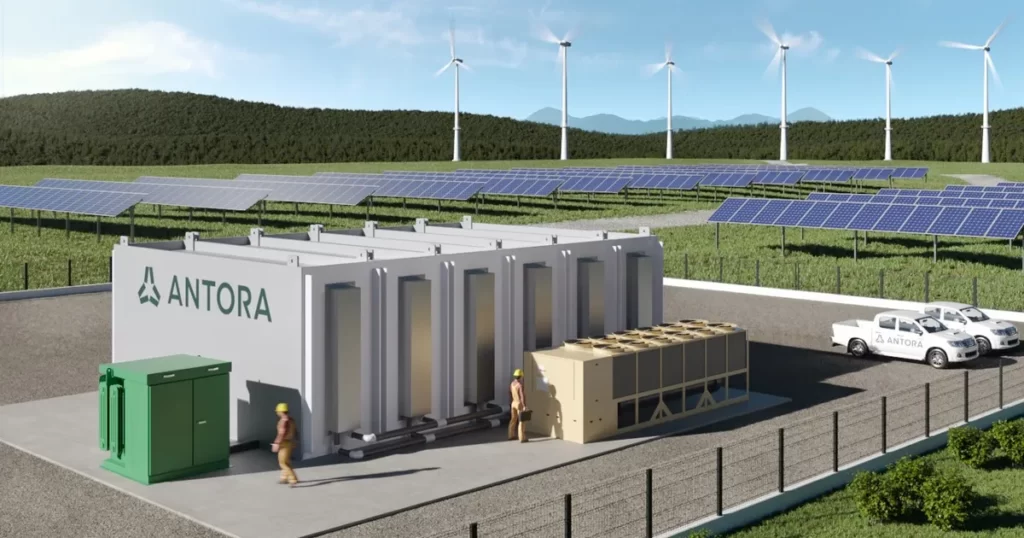Although there have been significant advancements in renewable energy generation, we have not yet discovered a highly efficient method to store large amounts of power, particularly from solar and wind sources, due to their variability based on time and weather conditions.

Using large battery packs is not only expensive, but it also poses safety risks and involves mining non-renewable minerals like lithium, which is harmful to the environment.
Antora Energy, a startup, is exploring the possibility of storing energy by using high-temperature rocks. The startup uses solar panels to collect the Sun’s heat and heat rocks to temperatures close to 3,000 degrees Fahrenheit.

Antora is currently exploring options to determine the optimal arrangement of rocks for maximum energy storage efficiency. Graphite, a particularly interesting contender, has the ability to retain significant amounts of heat.
Hot rocks inside equipment at smelting plants store about ten times more energy than the total energy stored in all of the world’s lithium-ion battery storage. These hot rocks collect heat that would otherwise be wasted from furnaces.

The furnaces previously lacked a means of releasing the heat. Antora has addressed this issue by incorporating gaps in the carbon structure to allow light to escape from the system, along with insulated doors that can be opened or closed to control the release of light.
The concept involves converting the light into both steam and electricity, with the additional possibility of using some of the energy to heat equipment in the manufacturing of cement and steel.

Antora is just one of many startups aiming to store energy in compact rocks. This idea is an interesting and straightforward solution that utilizes a readily available resource. However, it is uncertain if this concept can expand to meet our increasingly high energy needs and have a significant impact.
Reference- CNN report, Antora Energy PR & website, Interesting Engineering, Futurism






